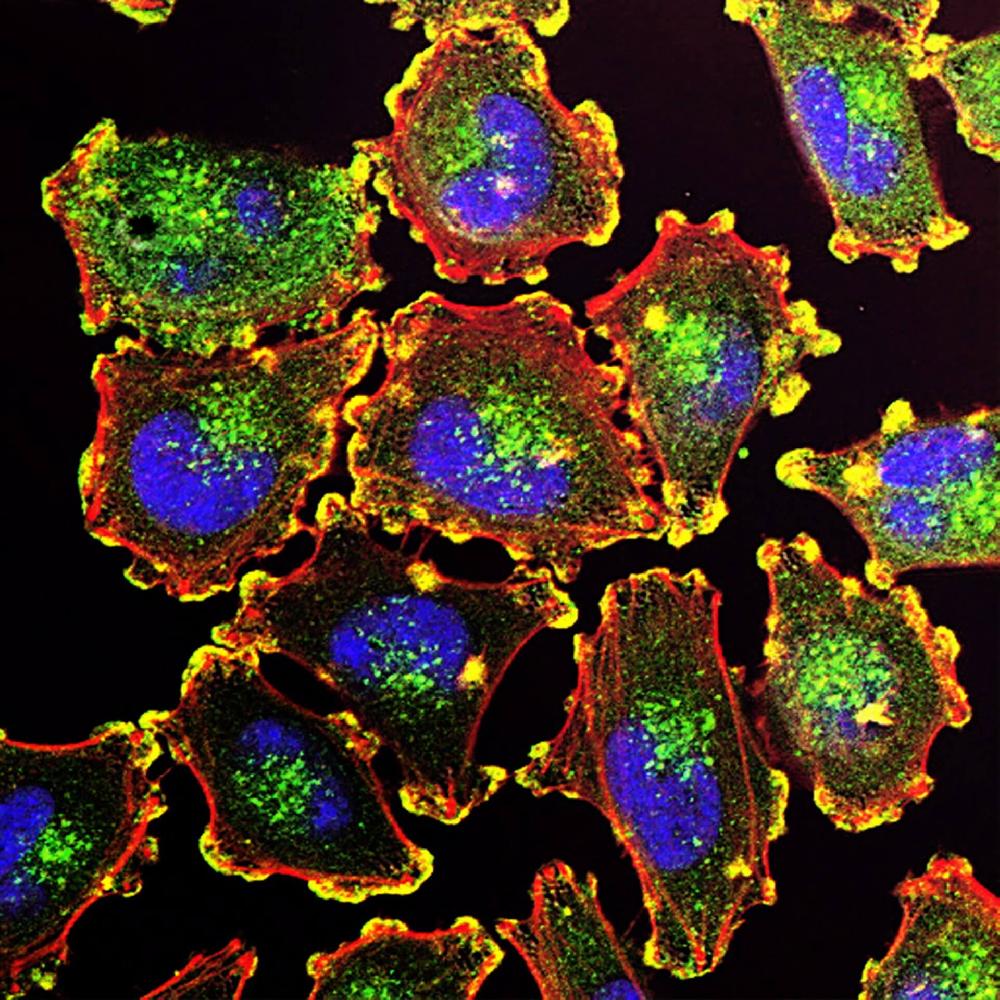This website uses cookies to ensure you get the best experience on our website.
- Table of Contents

Facts about Neural Wiskott-Aldrich syndrome protein.

Together with CDC42, involved in the extension and maintenance of the formation of thin, actin-rich surface projections called filopodia (PubMed:9422512). In addition to its function in the cytoplasm, also plays a role in the nucleus by regulating gene transcription, probably by promoting nuclear actin polymerization (PubMed:16767080).
| Human | |
|---|---|
| Gene Name: | WASL |
| Uniprot: | O00401 |
| Entrez: | 8976 |

| Belongs to: |
|---|
| No superfamily |

NWASP; N-WASP; N-WASPneural WiskNWASP; TRS4; WASL; WiskDKFZp779G0847; WiskMGC48327
Mass (kDA):
54.827 kDA

| Human | |
|---|---|
| Location: | 7q31.32 |
| Sequence: | 7; NC_000007.14 (123681943..123749003, complement) |
Cytoplasm, cytoskeleton. Nucleus. Cytoplasm. Preferentially localized in the cytoplasm when phosphorylated and in the nucleus when unphosphorylated (By similarity). Exported from the nucleus by an nuclear export signal (NES)-dependent mechanism to the cytoplasm (By similarity).





PMID: 9322739 by Fukuoka M., et al. Identification of N-WASP homologs in human and rat brain.
PMID: 9422512 by Miki H., et al. Induction of filopodium formation by a WASP-related actin- depolymerizing protein N-WASP.